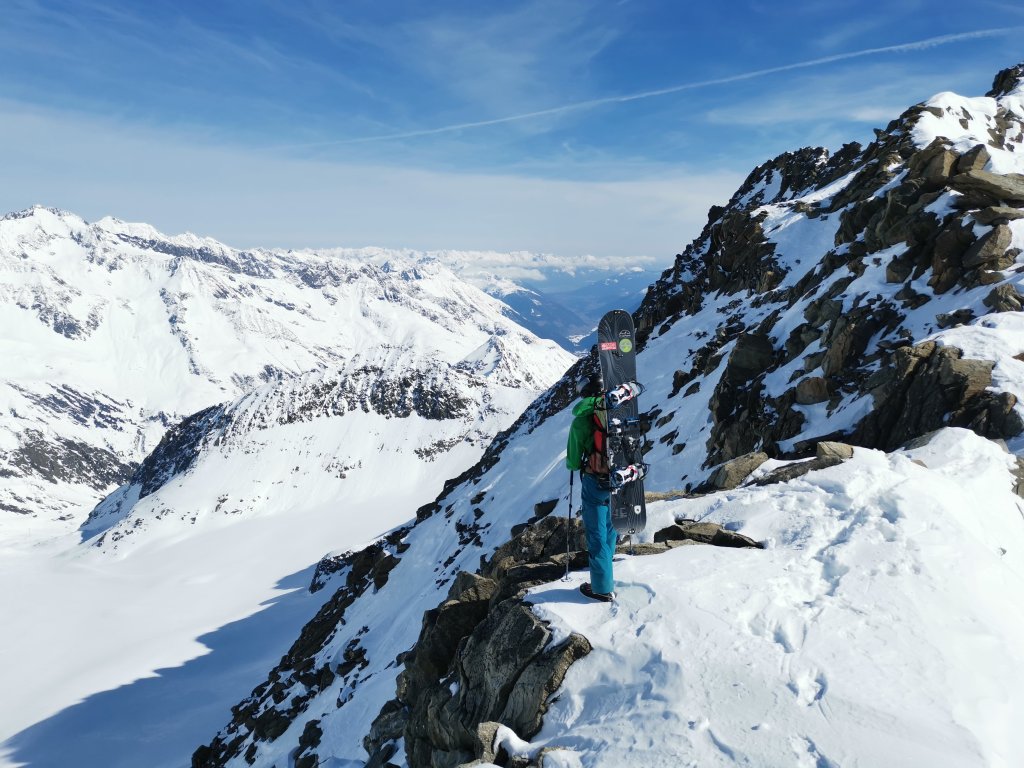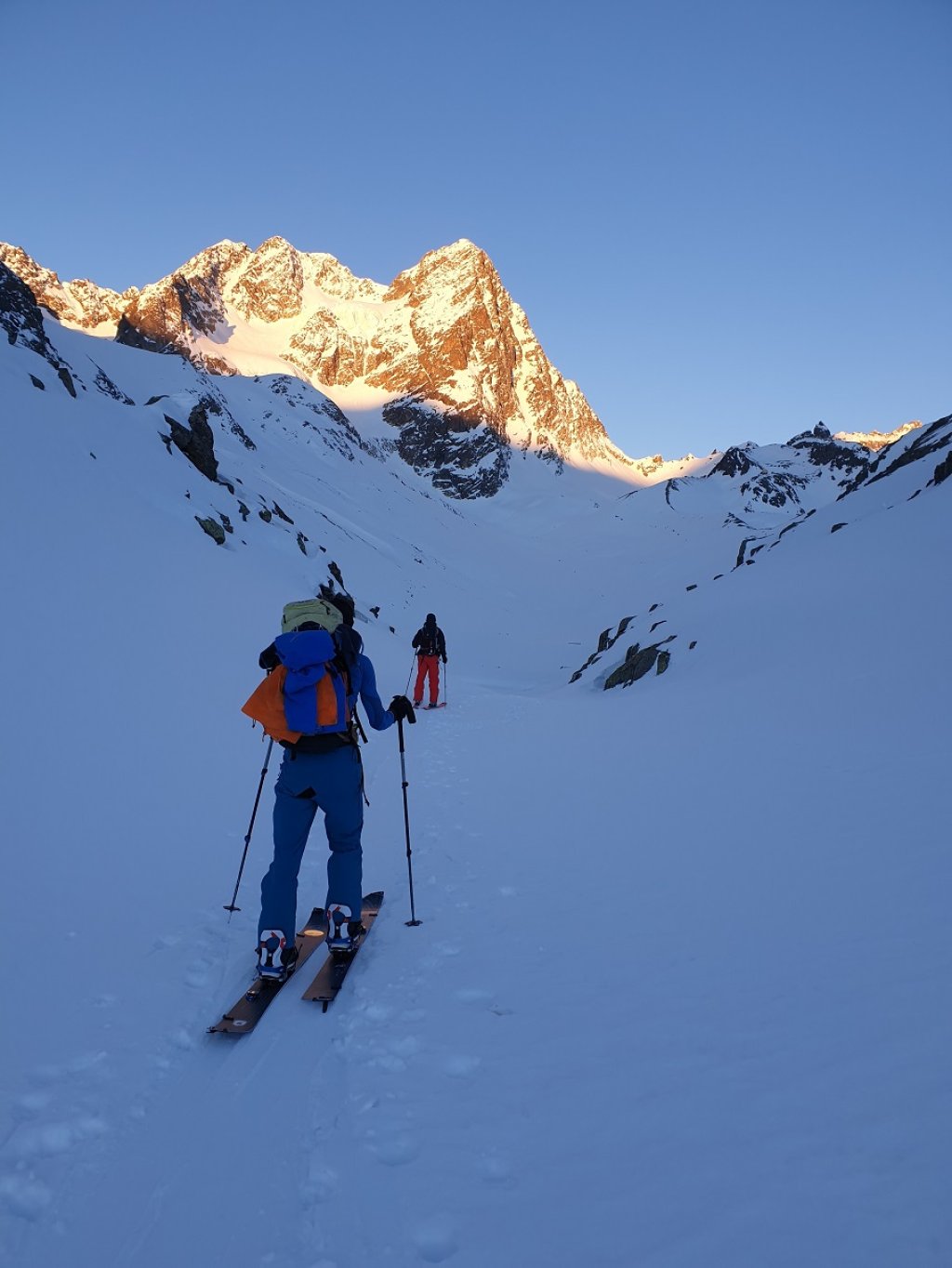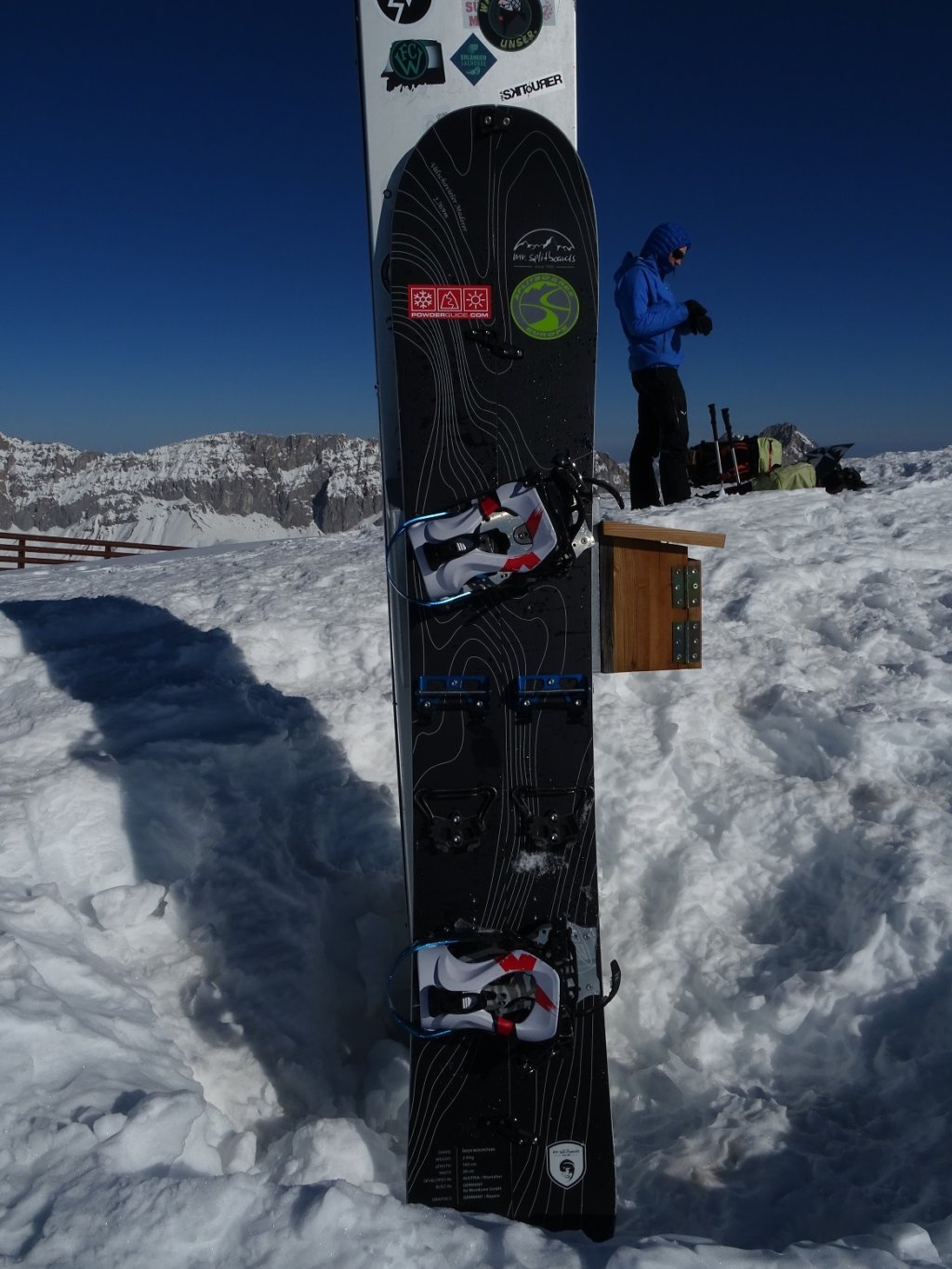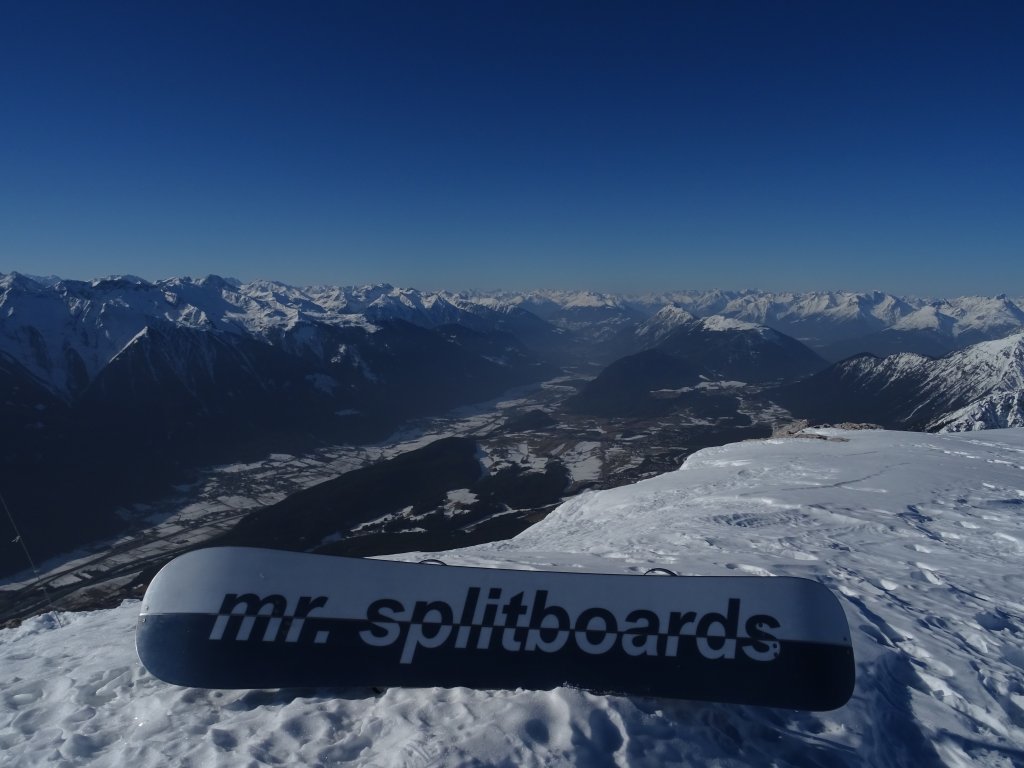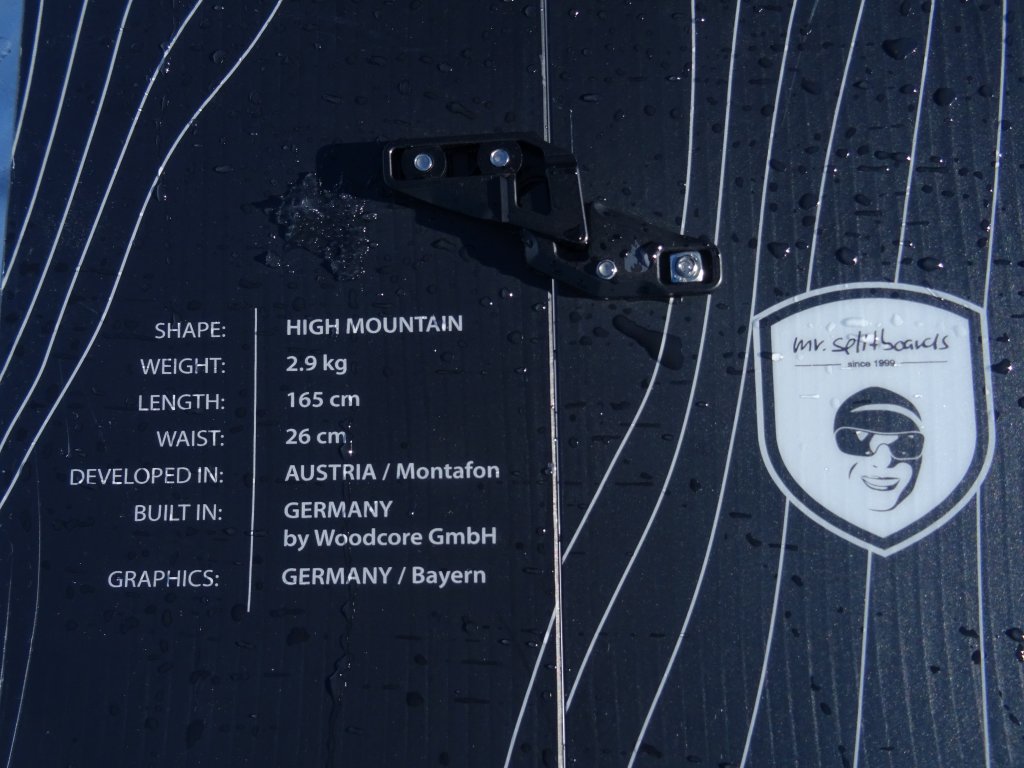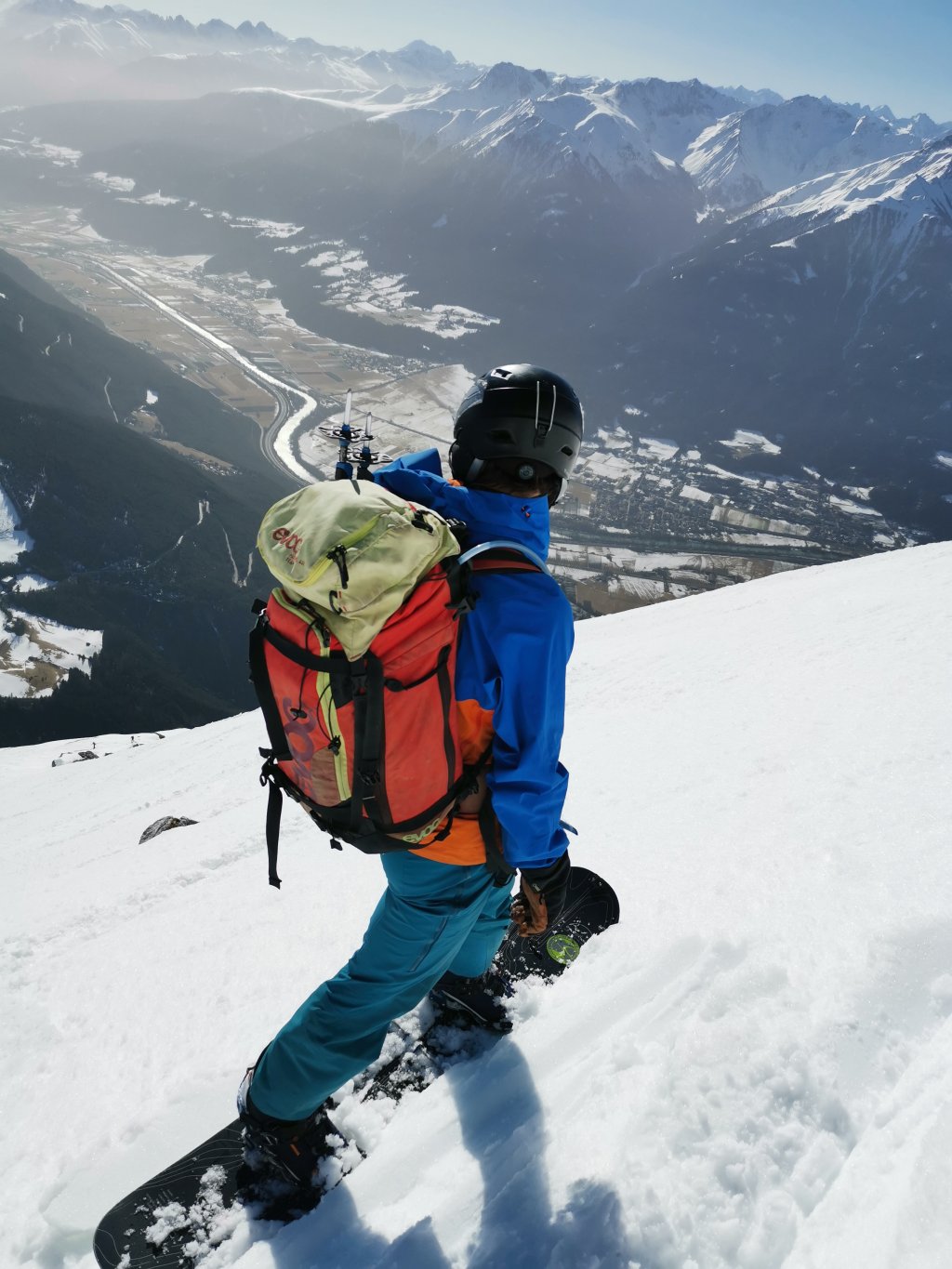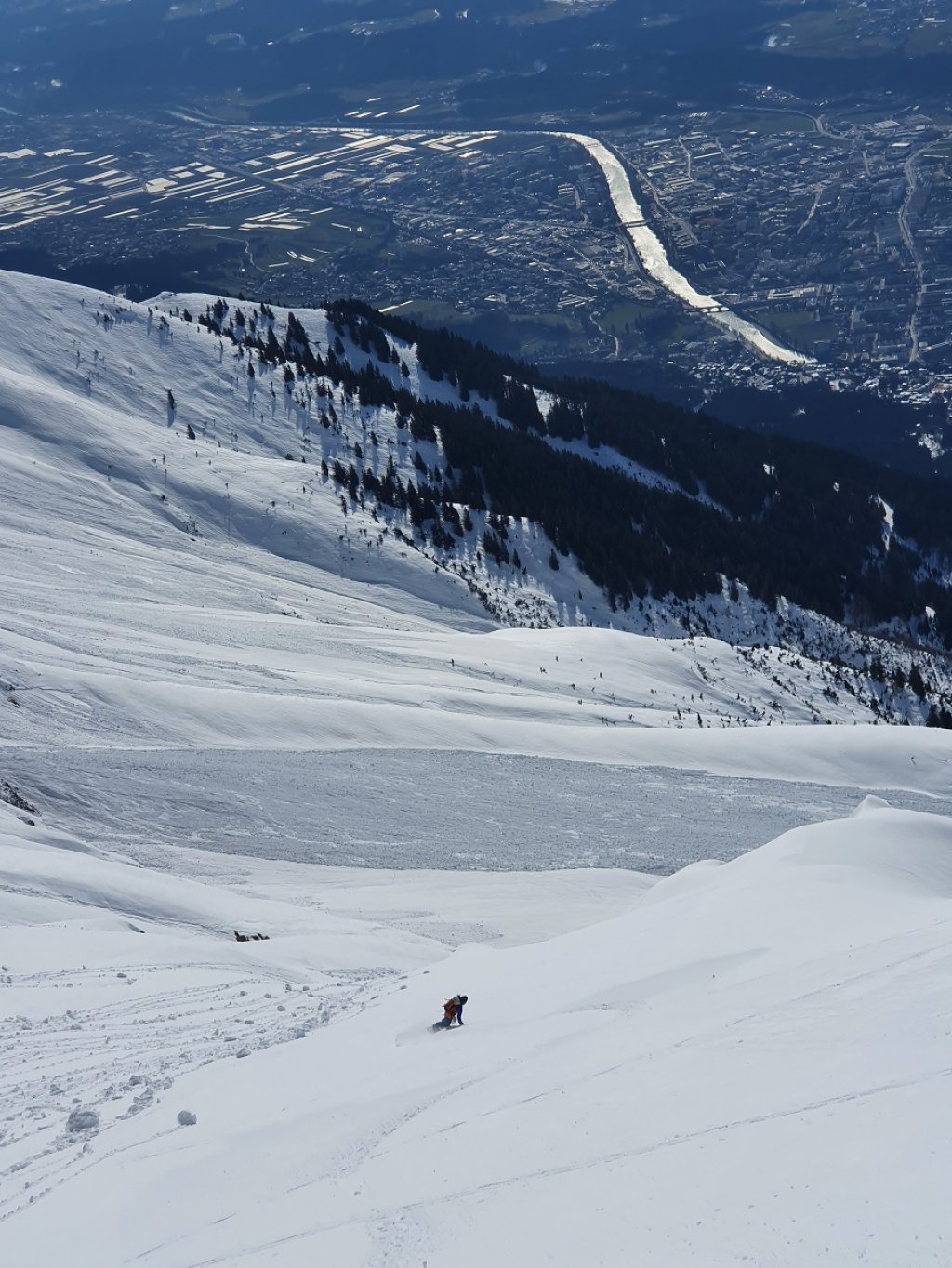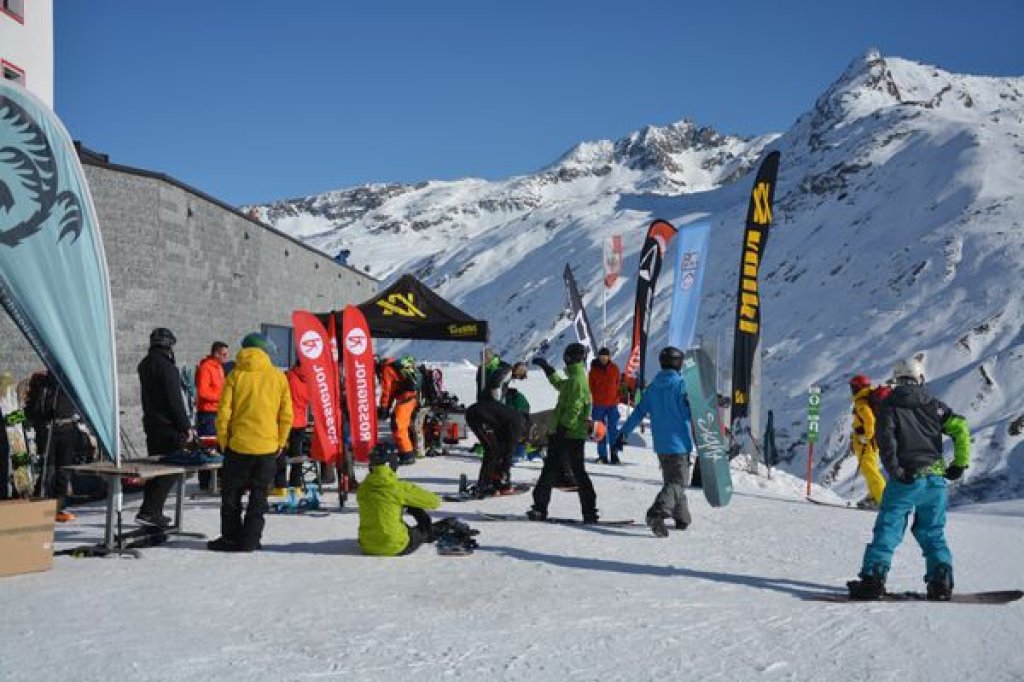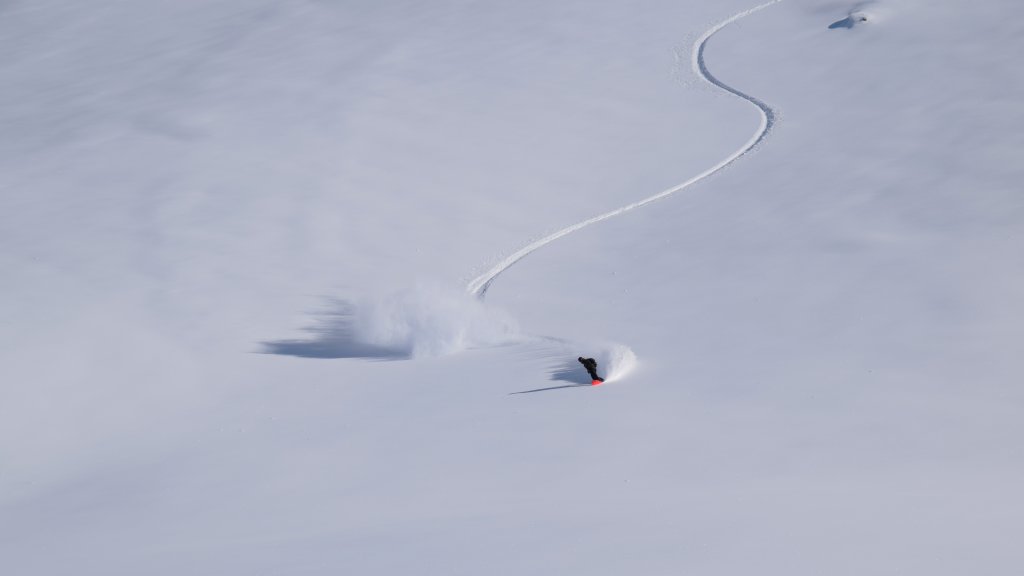In addition to the Powder and All Mountain shapes, Mr.splitboards also has the High Mountain shape in its range. "Lightweight construction with maximum riding fun in harmony with the best possible ascent characteristics" is how developer Simon Graf characterises the High Mountain shape, which we tested intensively.
Mr.Splitboards is also moving towards regional production. In the past, the boards were produced in cooperation with the Canadian manufacturer PRIOR, but since the current series production has been based in Germany. The High Mountain lightweight (2.9 kg at 165 cm long) is handmade in a small factory in the Ore Mountains. We have already tested one of the boards produced in Germany.
Tester & test conditions
I am 178cm tall and weigh around 70kg. I have been splitboard touring since winter 2015/2016 and I do about 40-60 tours in the backcountry per winter. Depending on the snow conditions, my winter season runs from the end of September to mid-July.
I enjoy travelling on somewhat steeper terrain and I ski in all kinds of snow conditions. I use Rossignol/Plum XV bindings and my boots are crampon-compatible soft boots (Spark Deeluxe XV).
I have used the board almost exclusively on tours in open terrain, mainly on longer tours for me (> 1600 m ascent; Watzespitze, Hohe Munde, Östliche Sattelspitze, Schrankogel). I also used the board on some tours in combination with lifts, which meant that the board also came into contact with groomed pistes on the Stubai Glacier. All in all, the board has seen pretty much every type of snow (crushed snow, firn, slush, powder snow, hard/icy) and every type of terrain (steep gullies/flanks, high alpine terrain, alpine pastures and meadows, groomed pistes).
Ascent
To be honest, I've never really paid much attention to the weight of my equipment so far, so it's all the more noticeable when you have to carry a little less on your feet up the mountain. 2.9 kilograms with a board length of 165cm is definitely in the top class of splitboards in terms of weight. The board feels pleasantly light on the ascent, in combination with the Kohla skins you get a good gliding, light setup, which is also suitable for long tours (> 2000hm). Tours in the 2000 metre range are logically more comfortable than with a heavier setup. Due to the softer flex and the pronounced camber in the centre of the board, you feel like you slide back into the track a little faster when the track or the slope are a little icier. However, as I generally prefer to mount the crampons too early rather than too late, this was not a major problem. Even harder, steeper traverses on the ascent went well. Thanks to the moderate sidecut, you have good edge hold and the problem of a "better" and "worse" edge on the ascent is not as pronounced as with other boards. The fact that you have to mount the crampons earlier than with skis is of course also the case with this board.
